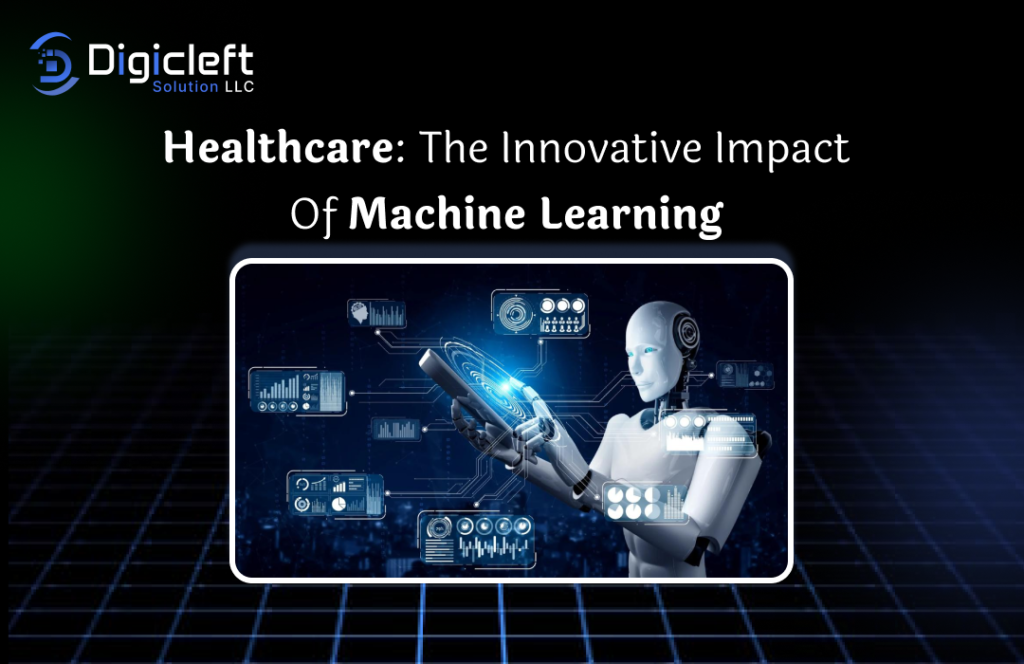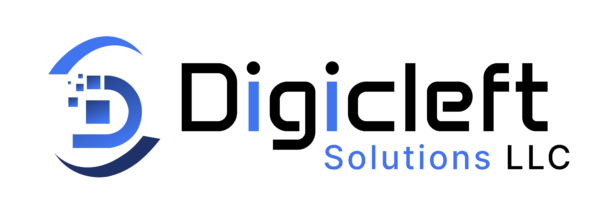
The world of healthcare is evolving and fast. As someone who’s been watching the intersection of technology and medicine for years, I can say this with confidence: machine learning is not just another tech trend. It’s a game-changer.
In clinics, hospitals, and labs around the globe, machine learning (ML) is quietly transforming the way we detect diseases, treat patients, and manage healthcare systems. Let’s explore how, and more importantly, why this matters to all of us.
Diagnoses That Don’t Miss a Beat
You know that uneasy feeling before getting a diagnosis? The wait. The uncertainty. The what-ifs. Machine learning is helping doctors cut through that anxiety with sharper, faster, and more accurate assessments.
ML algorithms are trained on vast datasetsb think thousands (sometimes millions) of patient records, scans, symptoms, and outcomes. This gives them an uncanny ability to recognize patterns even the most experienced doctors might miss.
Take radiology, for example. AI-driven tools can now spot early signs of cancer in medical imaging long before they’re visible to the human eye. And because machines never get tired or distracted, they can review images with consistent accuracy, every single time.
Personalized Medicine: No More One-Size-Fits-All
We’re all different. So why should we all get the same treatment?
Machine learning is opening the door to precision medicine care that’s tailored specifically to your genes, lifestyle, and health history. By analyzing your unique data, ML models can help predict how you’ll respond to certain medications or which therapies are likely to work best for your body.
It’s like having a medical team that not only knows you but understands you at a molecular level.
Streamlining Healthcare Systems Behind the Scenes

Not every breakthrough happens in the operating room. Some of the biggest ML wins are happening in the background optimizing schedules, improving billing systems, reducing wait times, and predicting patient inflows.
Hospitals can now use predictive analytics to allocate staff efficiently or prepare for flu season spikes before they hit. It’s not just smart; it’s life-saving.
And let’s talk about documentation. Doctors often spend more time typing notes than talking to patients. ML-based transcription and voice recognition tools are changing that, giving physicians back the time they need to connect with the people they’re caring for.
Real-Time Monitoring That Could Save Your Life
Wearables and remote health monitors are becoming household items—and machine learning is what powers them.
From smartwatches tracking your heartbeat to glucose monitors alerting diabetics in real time, ML enables devices to learn your patterns and flag anything unusual.
Some of these tools even integrate with telehealth platforms, giving doctors instant access to real-time data and allowing faster intervention when it matters most.
Tackling Healthcare Inequities with Data
Here’s something that gets overlooked: machine learning, when used responsibly, can help reduce healthcare disparities.
By analyzing population data, ML can identify underserved communities, highlight gaps in care, and recommend solutions that actually make a difference.
It’s not a silver bullet, of course. Bias in data is real, and tech alone can’t fix structural inequalities. But with thoughtful implementation, ML can be a powerful ally in creating a more equitable healthcare system.
So, What’s Next?
We’re only scratching the surface of what machine learning can do in healthcare. The possibilities ahead—from robotic surgeries guided by AI to early intervention for mental health—are incredibly promising.
But with all this innovation comes a need for balance: privacy, ethics, and empathy still matter deeply. No algorithm should replace the human touch, especially in medicine.
That’s why companies like DigiCleft Solutions LLC are working at the crossroads of cutting-edge tech and human-centered care. Their work in healthcare IT solutions is helping bridge the gap between innovation and implementation, bringing these ML breakthroughs to real hospitals and real patients.
Final Thoughts
If you’ve ever wondered whether machine learning is just hype, healthcare is your answer. It’s here, it’s making a difference, and it’s only getting better.
We’re entering a new era where your medical care isn’t just reactive, but predictive. Not just generic, but personalized. Not just efficient, but thoughtful.
And honestly? I’m here for it.
Interested in how machine learning is shaping the future of your healthcare organization? Visit DigiCleft Solutions LLC to learn how they’re leading the charge in healthcare tech transformation.
FAQs
1. How is machine learning used in hospitals today?
ML is used for patient triage, predicting readmission risks, optimizing staff schedules, and analyzing medical images.
2. Can machine learning really diagnose diseases better than doctors?
In specific cases like imaging or pattern recognition, ML can match or outperform doctors—but it’s meant to support, not replace them.
3. Is machine learning safe in healthcare?
When developed with proper ethical standards and security protocols, ML is a safe and powerful tool in healthcare.
4. What are the downsides of using machine learning in medicine?
Possible downsides include data bias, privacy issues, and over-reliance on technology without human oversight.
5. How does DigiCleft Solutions LLC support machine learning in healthcare?
DigiCleft Solutions LLC provides custom-built ML tools that help healthcare providers improve diagnostics, patient care, and operational efficiency.


